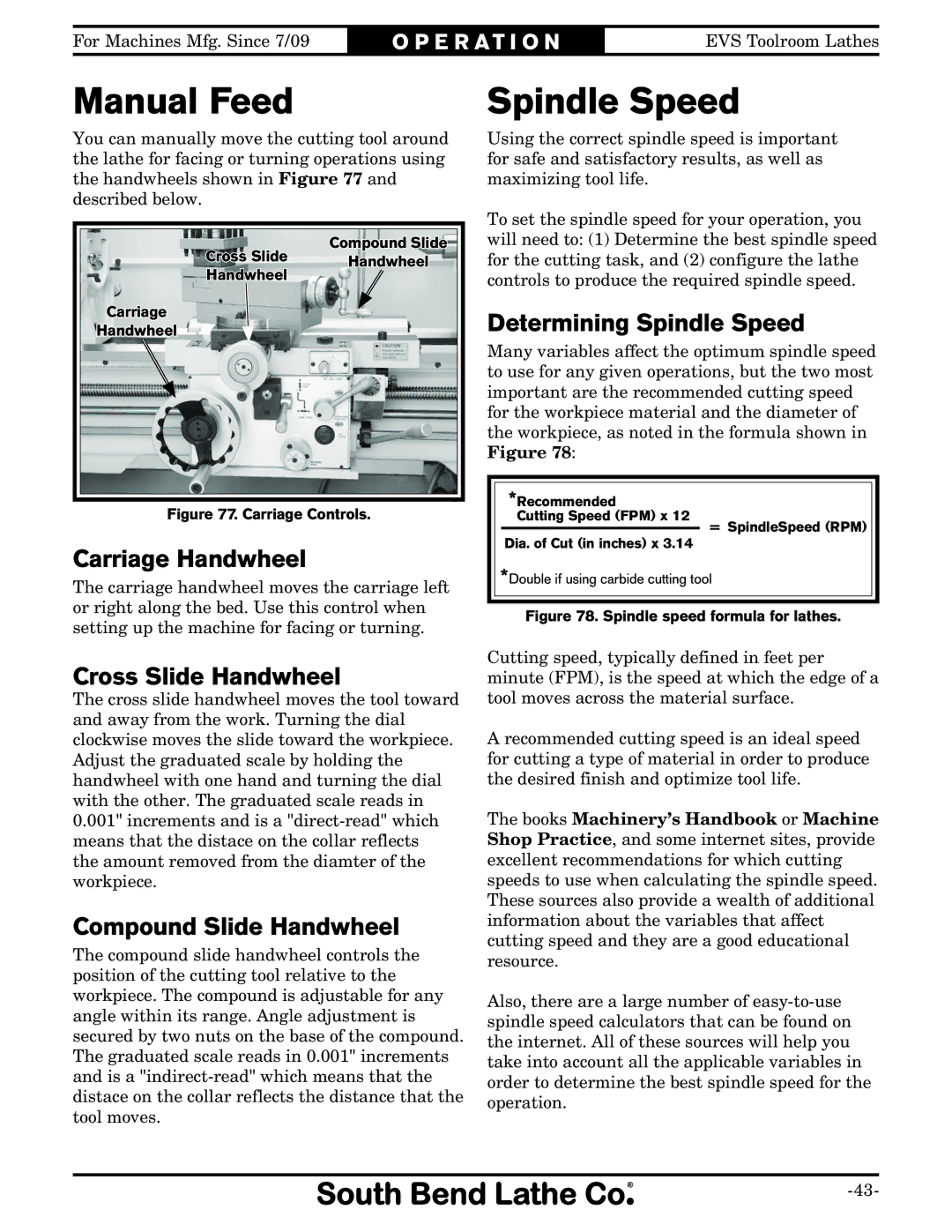SB1037, SB1038, SB1012, SB1015, SB1013 specifications
The Southbend SB1012 is a versatile and efficient commercial range designed specifically for the rigorous demands of professional kitchens. This powerful cooking appliance features a robust construction and advanced technologies that cater to chefs who require precision and reliability in their culinary endeavors.One of the standout features of the SB1012 is its powerful burners, which come equipped with heavy-duty cast-iron grates. The range typically includes four open burners that deliver exceptional heat output. This allows chefs to achieve quick boiling, searing, and simmering, thereby ensuring perfect cooking results every time. The burners are designed to provide consistent heat distribution, reducing the chance of hot spots and uneven cooking.
The Southbend SB1012 also incorporates a 12-inch griddle, adding another layer of versatility to its functionality. The griddle is constructed from high-quality materials that provide even heat and withstand high temperatures, making it suitable for cooking everything from pancakes to stir-fried dishes. The grease trough and easy-to-clean design contribute to the overall efficiency of the kitchen.
In addition to its cooking surfaces, the SB1012 features a spacious oven compartment, designed to accommodate larger pans and dishes. With a temperature range that typically goes up to 500 degrees Fahrenheit, the oven is ideal for baking, roasting, and other cooking techniques that require precise temperature control. The inclusion of a built-in temperature gauge helps chefs monitor cooking conditions at a glance.
Durability is a hallmark of the Southbend SB1012. The range is constructed from heavy-duty stainless steel, which not only enhances its aesthetic appeal but also ensures resistance to wear and tear in a busy kitchen environment. The removable ovens and easy-access components facilitate straightforward cleaning and maintenance, ensuring the equipment remains in peak condition even after extensive use.
To further improve user experience, the Southbend SB1012 is designed with safety features in mind. The range often includes pilot lights for easy ignition, and the heavy-duty construction minimizes the risk of accidental damage.
In summary, the Southbend SB1012 combines powerful cooking performance with durable construction and ease of use, making it a preferred choice for professional kitchens looking to optimize their cooking capabilities. Its advanced features, versatility, and reliability are tailored to meet the high standards of culinary professionals.

